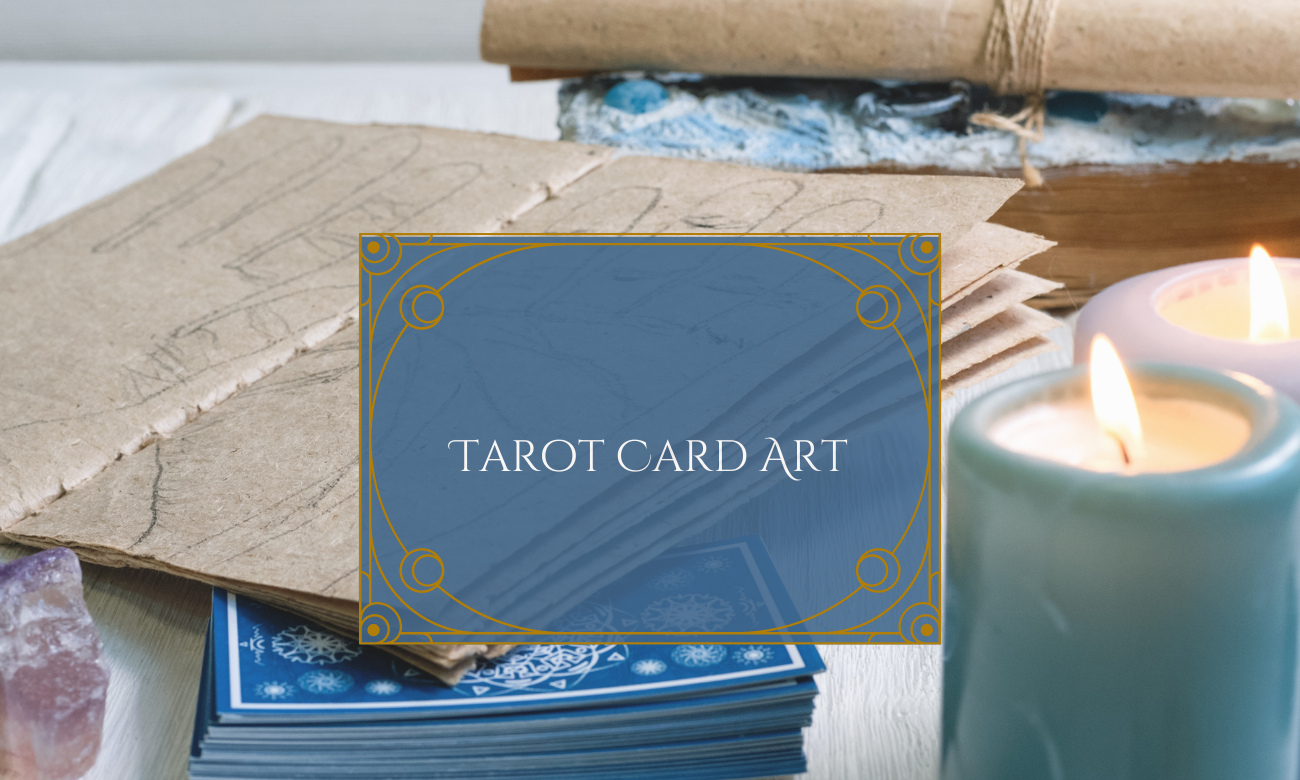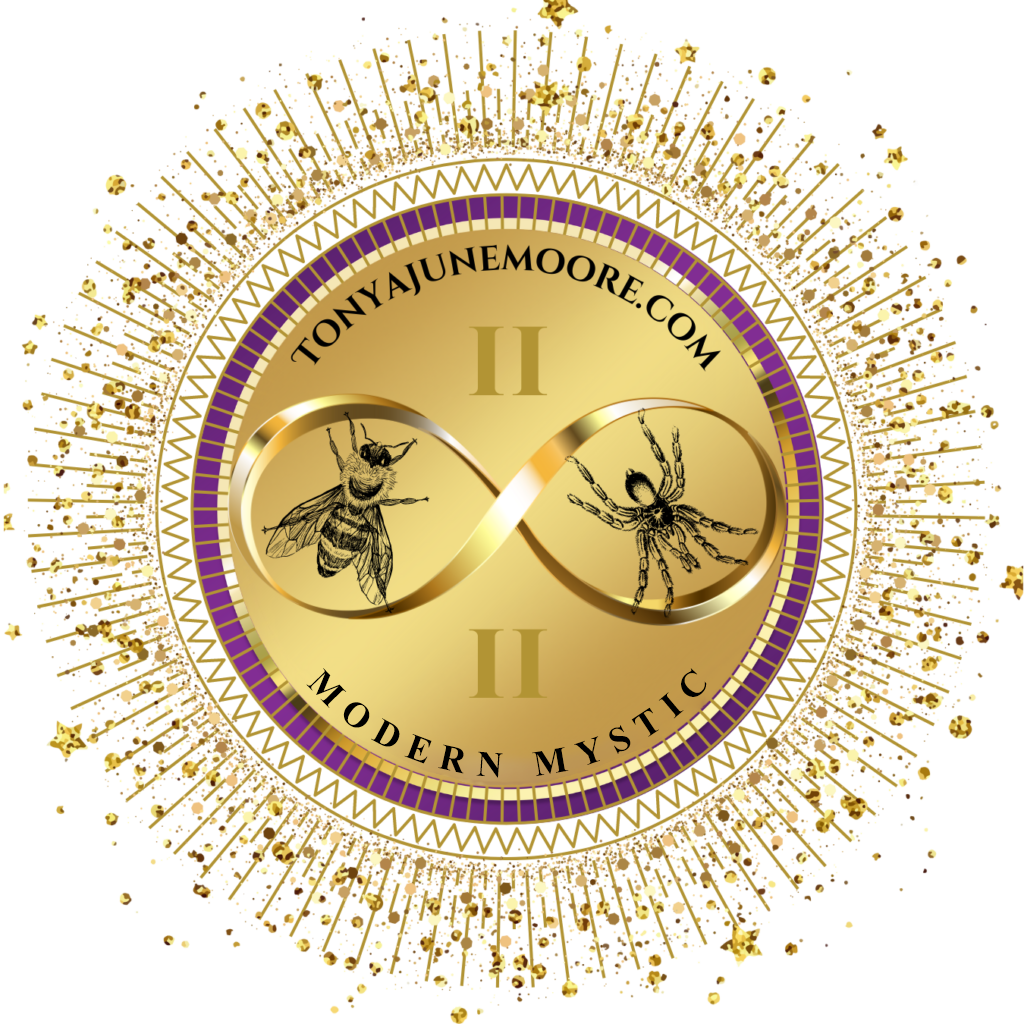
Tarot Card Art
Tarot card art is a captivating and essential aspect of Tarot decks. The artwork on Tarot cards plays a significant role in conveying the symbolism, meaning, and energy associated with each card. Here is some information on Tarot card art:
- Symbolism and Imagery: Tarot card art utilizes rich symbolism and imagery to convey concepts and archetypes. Each card typically features a central image or scene that represents a particular theme or message. The symbolism in Tarot art can draw from various sources, such as mythology, astrology, numerology, and spiritual traditions.
- Variations in Art Styles: Tarot card art exhibits a wide range of artistic styles, reflecting the diversity and creativity of Tarot deck creators. From traditional and classic styles to contemporary and abstract interpretations, Tarot art spans a spectrum of artistic expressions. Artists may use various mediums, including painting, drawing, collage, digital art, and mixed media, to bring their visions to life.
- Cultural Influences: Tarot card art often incorporates cultural influences, drawing inspiration from different time periods and geographical regions. Some decks may have specific cultural themes, such as Egyptian, Celtic, or Eastern influences. These cultural elements add depth and context to the artwork, enriching the overall Tarot experience.
- Evocative Colors: Colors play a crucial role in Tarot card art, evoking specific emotions and energies. Different colors are associated with different meanings and can enhance the interpretation of a card. For example, vibrant and warm colors like red and orange may signify passion and creativity, while cool tones like blue and green can represent calmness and intuition.
- Archetypal Characters: Tarot card art often features archetypal characters, representing different facets of the human experience. These characters, such as the Fool, the Magician, the High Priestess, and the Emperor, embody specific qualities and lessons. The art captures the essence of these archetypes, allowing users to connect with their energies and explore their meanings.
- Deck Themes and Variations: Tarot card art can vary greatly depending on the theme and intention of the deck. Some decks may have specific themes, such as animal symbolism, fairy tales, or mystical landscapes. Others may reinterpret traditional Tarot imagery with a fresh and contemporary approach. The diversity of Tarot card art allows users to choose decks that resonate with their personal aesthetics and interests.
- Emotional Impact: Tarot card art has the power to evoke emotions and create a sense of wonder and intrigue. The visual impact of the artwork can draw users into the mystical world of Tarot, stimulating their imagination and intuition. The intricate details, colors, and compositions in Tarot card art contribute to a transformative and immersive experience.
In conclusion, Tarot card art is a vital component of Tarot decks, encompassing a wide array of styles, symbolism, and cultural influences. The art serves as a visual language that enhances the interpretation and understanding of Tarot cards. Whether traditional or contemporary, Tarot card art captivates users, ignites their imagination, and deepens their connection with the profound wisdom contained within the Tarot.




